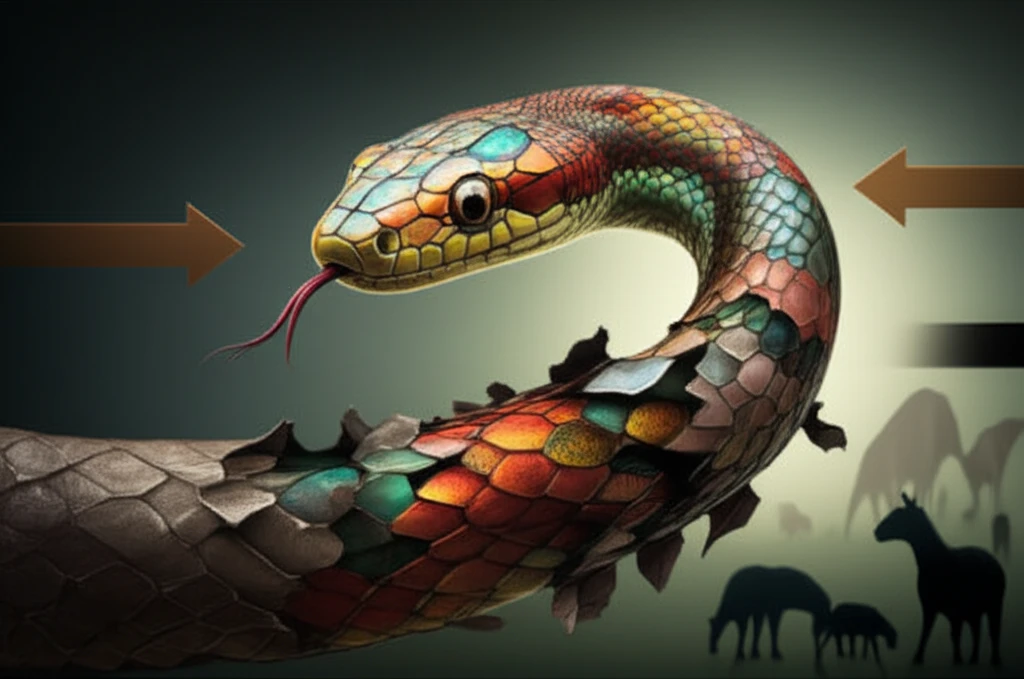
Snake Venom: Selection's Surprising Edge Over Migration
"New research reveals how natural selection shapes snake venom evolution, even when gene flow tries to mix things up."
In the world of evolution, it's a constant tug-of-war between migration (gene flow) and natural selection. Migration can spread genes far and wide, potentially homogenizing populations. Natural selection, on the other hand, favors traits that help a species survive and thrive in its local environment. Understanding which force wins out is key to understanding how species adapt and diversify.
But what happens when these forces collide? Do genes from elsewhere swamp out local adaptations, or does natural selection maintain its grip? Empirical studies have painted a mixed picture, with examples of both outcomes. A recent study sheds new light on this battle, focusing on a particularly potent example of adaptation: snake venom.
Researchers investigated the interplay between migration and selection in the venom of three sympatric pit viper species – the eastern diamondback rattlesnake, the pygmy rattlesnake, and the cottonmouth – each with different ecological niches. By comparing their venom composition and genetic makeup, the scientists uncovered surprising insights into how these forces shape venom evolution.
When Selection Trumps Migration: The Venom Story

The researchers compared how neutral genetic differences (variations in non-coding DNA) and venom expression (the specific mix of toxins in the venom) varied across the three snake species. Their goal was to determine if and how migration-selection dynamics lead to local adaptation. If venom differences align with neutral genetic variations driven by gene flow, it would suggest that migration constrains venom evolution. However, if venom composition diverges independently of neutral genetic variations, it would point to selection as the dominant force.
- Specialists Prioritize Selection: In the specialist species, the eastern diamondback rattlesnake and the pygmy rattlesnake, venom variation was largely independent of neutral genetic differences. This indicates that natural selection is the primary driver of venom evolution in these species, allowing them to fine-tune their venom to their specific prey.
- Generalists are Governed by Gene Flow: In contrast, the generalist cottonmouth showed a stronger link between venom variation and neutral genetic differences. Gene flow appears to play a more significant role in shaping venom composition in this species.
Why This Matters: Rethinking Adaptation
This research has implications for how we understand adaptation in general. It suggests that the interplay between migration and selection is more nuanced than previously thought, and that ecological factors can play a crucial role in tipping the balance.
The study highlights the importance of considering a species' ecological niche when investigating adaptation. It also raises questions about the genomic architecture of venom and how genetic redundancy and mutation affect venom evolution under different migration regimes.
By demonstrating that natural selection can maintain its edge even in the face of gene flow, this research enriches our understanding of how evolution shapes the remarkable diversity of life on Earth. In future, sampling needs to investigate sampling localities within and beyond neutrally-defined population structure.
